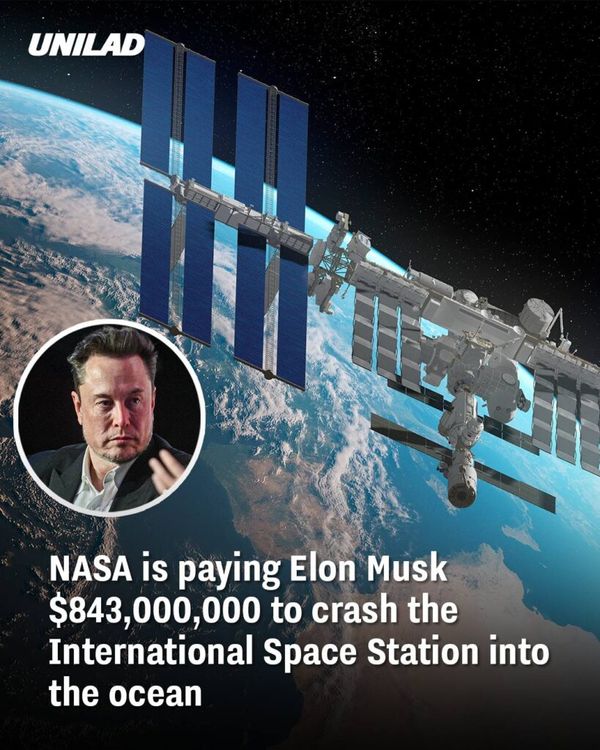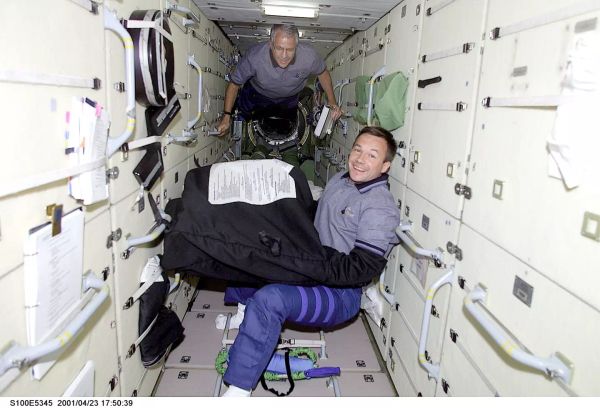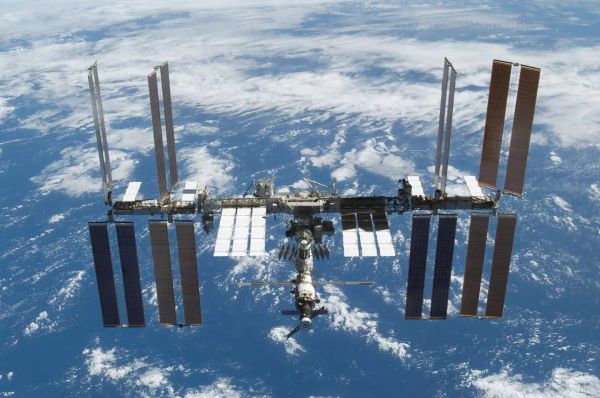The International Space Station (ISS) is set to be retired from service in 2030, and Elon Musk’s company, SpaceX, has been awarded the contract to design a ‘deorbit’ vehicle for the station. This vehicle will be responsible for safely lowering the ISS into a lower orbit, ensuring it does not pose any threat to populated areas.

There are various ways to retire a satellite. Some are allowed to burn up in the atmosphere upon re-entry, while others are sent off into deep space. However, for the ISS, the plan is to bring it back to Earth right in the middle of the Pacific Ocean, far away from any inhabited place.
Cosmonauts on board the ISS have conducted numerous observations, experiments, and educational activities, making it a symbol of international cooperation. Throughout its operational life, it has served as a blueprint for scientific research, exploration, and partnerships in space.

Ken Bowersox, the associate administrator for Space Operations Mission Directorate at NASA Headquarters, expressed that selecting a US Deorbit Vehicle for the ISS ensures a safe and responsible transition in low Earth orbit. This decision supports NASA’s plans for future commercial destinations and allows for continued use of space near Earth.
As for the future after the ISS, it remains uncertain. Some advocate for a successor station, while others argue that sending robots for scientific exploration is more cost-effective. Perhaps NASA could have saved money by selling the ISS to Musk and waiting for it to crash, as suggested humorously on Twitter and the Tesla’s Cybertruck.

Regardless of what comes next, the retirement of the ISS marks the end of an era in space exploration. It will be remembered as a remarkable achievement in international collaboration and a symbol of scientific advancement for the benefit of all.





